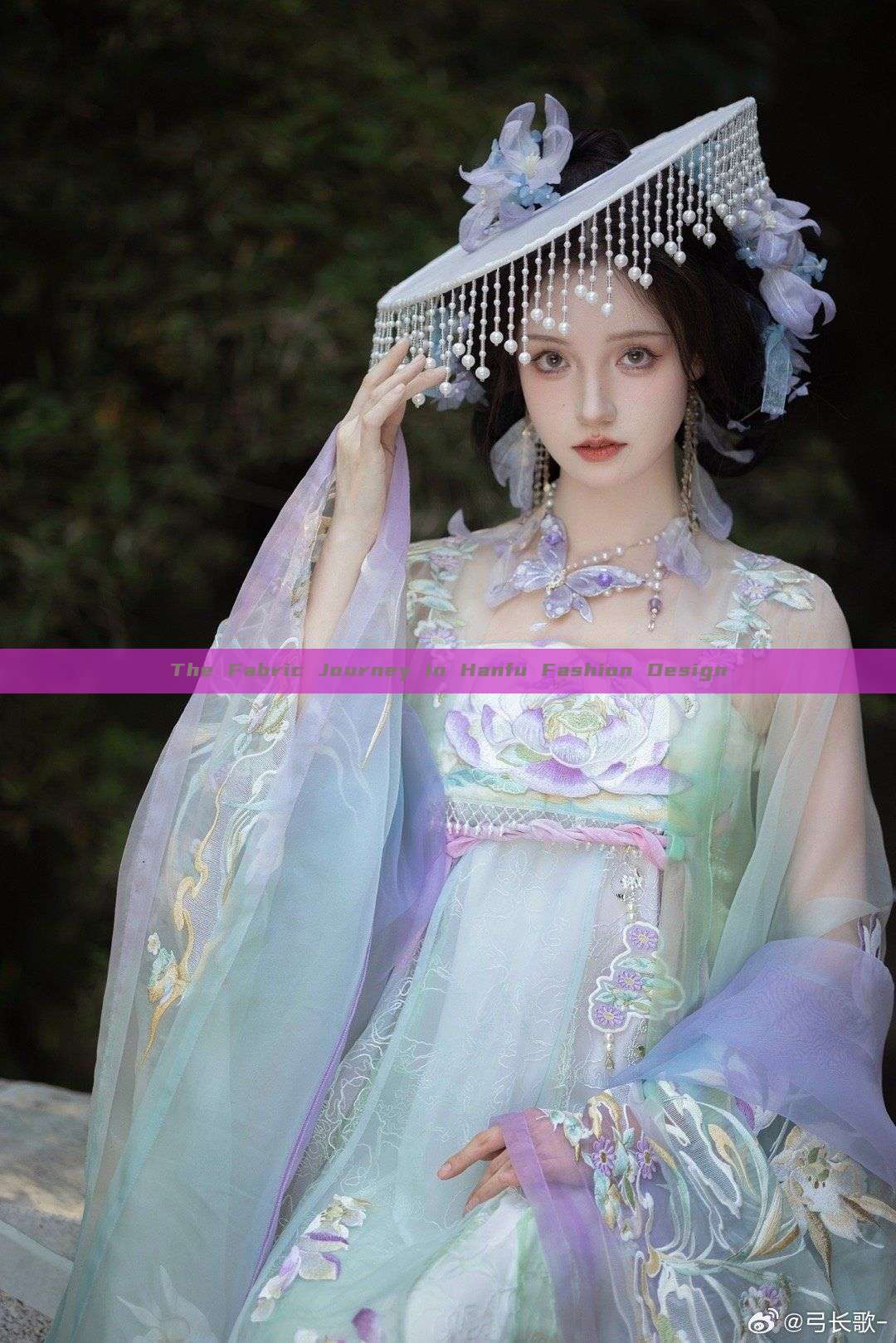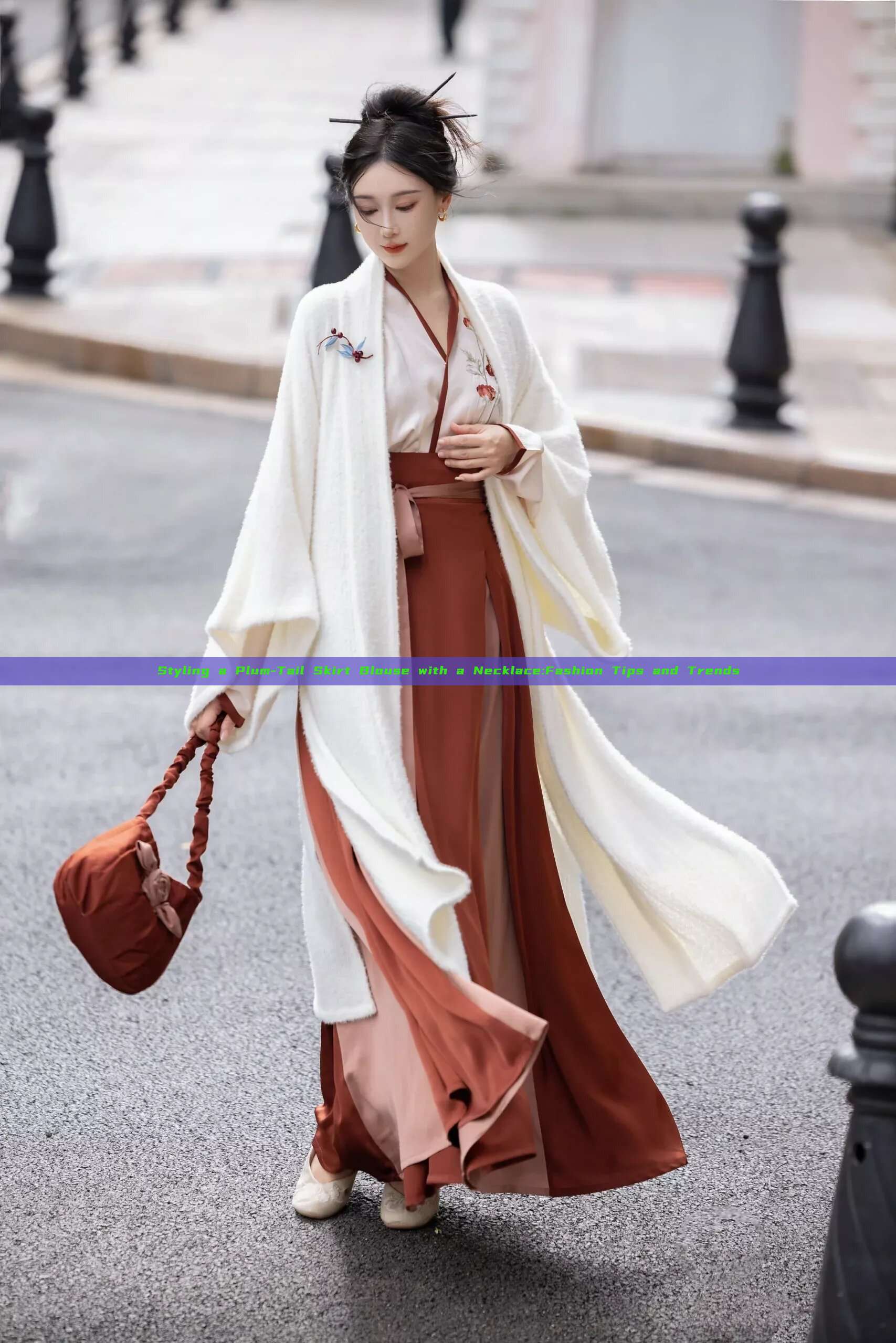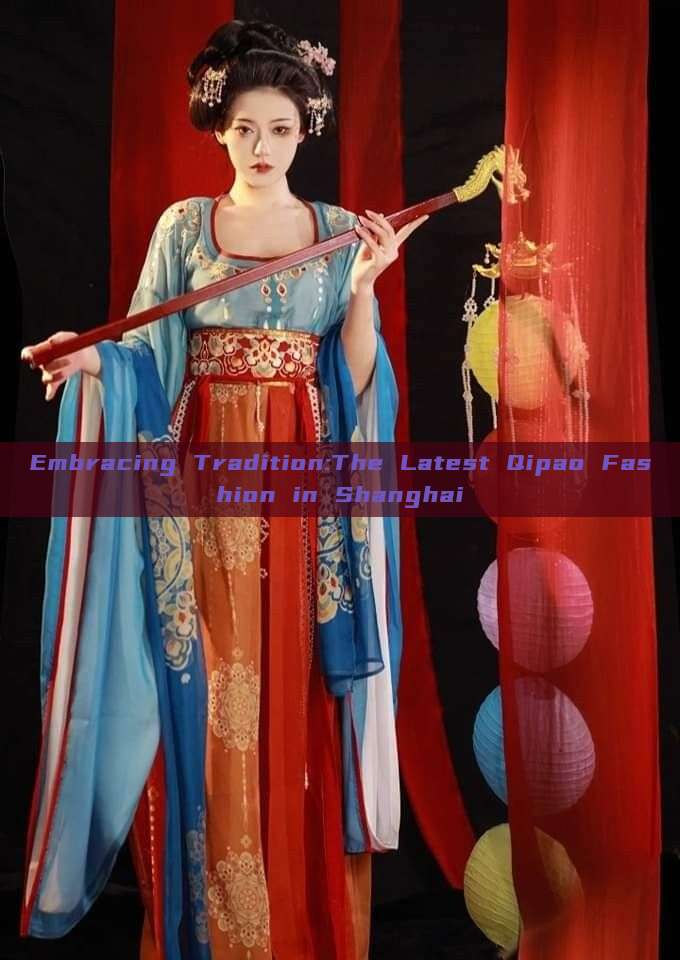In the realm of traditional Chinese attire, Hanfu stands as a testament to the rich cultural heritage and craftsmanship of China. The intricate designs, vibrant colors, and meticulous attention to detail in Hanfu are not just expressions of Fashion but also stories of history and tradition. At the heart of every Hanfu design lies the fabric, a medium that bridges the past with the present, embodying both cultural essence and modern aesthetics.

The art of selecting fabrics for Hanfu design is as old as the art of weaving itself. The choice of material is influenced by various factors such as occasion, season, and the wearer’s preferences. The most commonly used fabrics in Hanfu design include silk, cotton, hemp, and synthetic fibers. Each fabric has its own unique properties and characteristics that contribute to the overall look and feel of the garment.
Silk, the queen of fabrics, has always been associated with luxury and elegance. In Hanfu design, silk is often used for ceremonial and formal wear due to its softness, drape, and natural luster. The intricate patterns and designs woven into silk add a touch of sophistication to any Hanfu outfit.
Cotton is a more versatile fabric that is commonly used in everyday wear. It is sturdy, breathable, and comfortable against the skin. The natural texture of cotton allows designers to create lightweight and airy Hanfu for summer wear while still maintaining its warmth and comfort during colder months.
Hemp, an eco-friendly fabric, has been used in traditional Chinese clothing for centuries. It is strong, durable, and has excellent breathability. Hemp’s natural resistance to wear and tear makes it an ideal fabric for outdoor wear or for those who require more robust clothing.
Synthetic fibers such as nylon and polyester have also found their place in Hanfu design. These fabrics are often chosen for their durability, weather resistance, and affordability. Modern Hanfu designs often blend traditional elements with contemporary materials to create a fusion of styles that is both fashionable and practical.
The beauty of Hanfu lies not only in the choice of fabric but also in the intricate patterns and designs that grace its surface. Traditional patterns such as dragons, phoenixes, clouds, and flowers are often woven or embroidered into the fabric, adding a layer of cultural significance and symbolism to the garment. These patterns not only enhance the aesthetic value of the Hanfu but also tell stories of Chinese culture and tradition.
In addition to traditional patterns, modern designers often experiment with different techniques such as printing and digital designs to create contemporary Hanfu. These designs are often influenced by modern fashion trends and blend seamlessly with traditional elements to create a unique style that is both traditional and modern.
The journey of fabric in Hanfu design is a testament to the rich cultural heritage and craftsmanship of China. The choice of fabric, patterns, and designs are not just expressions of fashion but also stories of history and tradition. As Hanfu continues to evolve and gain popularity worldwide, the art of selecting and using fabrics in Hanfu design will continue to thrive and inspire designers from around the globe.
In conclusion, the fabric journey in Hanfu fashion design is a fascinating exploration of cultural heritage, craftsmanship, and modern aesthetics. The choice of fabric, patterns, and designs in Hanfu not only reflect the wearer’s personality but also tell stories of history and tradition that are both beautiful and meaningful.








